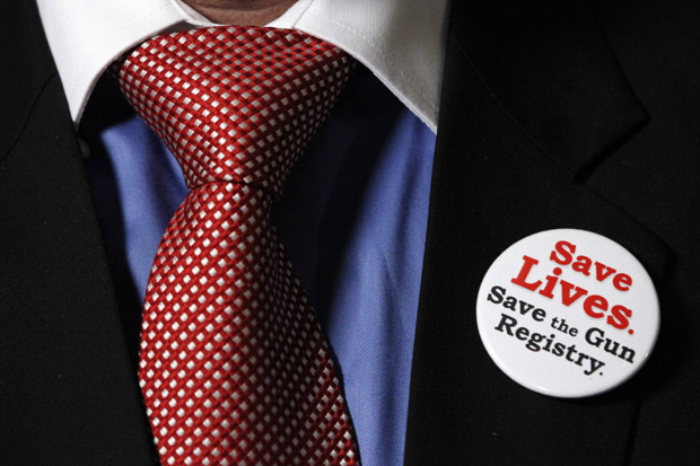
The definition of a “long gun”, and its official length, can vary depending on the circumstances, but in simple terms, it refers to most rifles and shotguns; they are guns which are long!
I’m sure you all know that not too long ago, Canada had a Long Gun Registry which required all long guns to be registered to the owner.
You have also probably heard that now, Canada (with the possible exception of Quebec, which is attempting to reinstate one) no longer has such a registry, and that long guns do not need to be registered.
The term “Long Gun Registry” is frequently used by shooters, law enforcement officers, and politicians alike. Justin Trudeau himself used it when promising not to reinstate said registry upon his election.
But this oft mentioned phrase is somewhat deceiving.
There may not be a “Long Gun Registry” in Canada, but you are still required to register some long guns.
There are thousands of different long guns in Canada and some of them are non-restricted, while some of them are restricted. If a particular long gun falls into the restricted classification, then it MUST be registered. The AR-15 rifle is a very common example: it is a long gun, and it must be registered.
This is a very important distinction and, whilst many gun owners in Canada are well aware of it, it can be very confusing for both non-shooters and newcomers to the sport.
Therefore, whenever I discuss this area of the law, I always use the terms “Restricted” and “Non-restricted” instead of “Long Gun”. It removes the ambiguity.
So, to be clear: currently, Canada does not have a Non-restricted Firearm Registry; there is no requirement to register non-restricted firearms. It does, however, have a Restricted Firearm Registry; all restricted firearms, including restricted long guns, must be registered to an owner.
AD vs ND
Unfortunately, guns sometimes go bang when the shooter didn’t intend them to. The term Accidental Discharge (AD) is often used to describe such a happening. But it is usually the wrong term.
If a well maintained firearm discharges unintentionally because of a mechanical malfunction of the firearm or ammunition itself, then it is indeed an accident, and it would be fair to refer to this as an AD. This is a very rare occurrence. During my entire career, I cannot recall witnessing a single AD.
If, however, a firearm discharges either due to a malfunction caused by lack of maintenance, or more commonly, because the shooter allowed the trigger to be pressed unintentionally, then it is no accident; it is negligence. Period. This is known as a Negligent Discharge (ND), and accounts for 99% of unintentional firings. Regrettably, I have witnessed plenty of these.
When a trigger is pressed by mistake, somebody has been negligent; either the shooter, or the person supervising the shooter. It doesn’t even have to be a finger that pressed the trigger; it could be a zipper from a jacket, or a twig from a tree. The trigger and trigger guard must be kept completely clear until your sights are on a legitimate target and you are ready to shoot.
Safety catches cannot be relied upon to prevent a firearm from discharging. Whilst it is good practice to use your firearm’s safety catch, they are mechanical devices and they can fail. Good trigger discipline is your true safety.
It is also very important to maintain your firearms in good condition to prevent them from having some kind of mechanical failure.
In either case, these unintentional discharges highlight the paramount rule of gun safety: it is absolutely essential to maintain a safe muzzle direction at all times. If a firearm goes bang unintentionally, either due to an AD or an ND, as long as it is pointing somewhere safe, then nobody gets hurt. When it comes to firearm safety, muzzle direction is king.